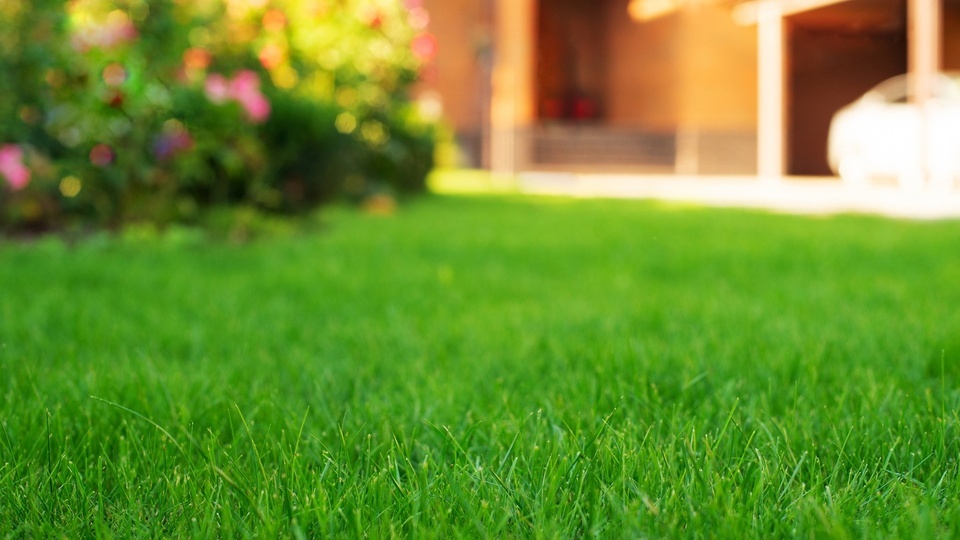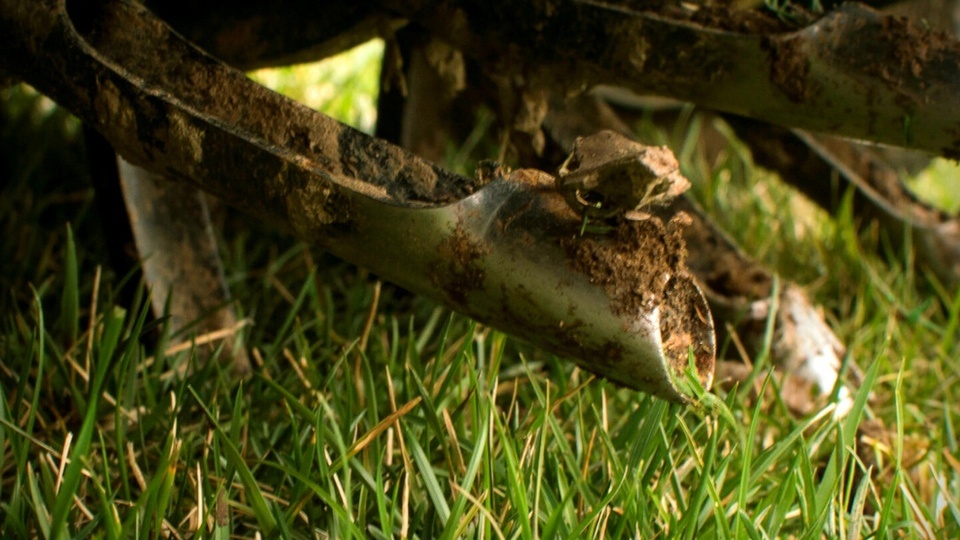As we continue our efforts to promote sustainable living, it's important to recognize the significant role that turfgrass plays in our environment. Often overlooked, this green hero in our backyards offers numerous scientific benefits that contribute to a healthier and cooler planet. Let's explore how turfgrass makes a difference!

1. Natural Air Conditioning through Transpiration
Turfgrass functions as a natural air conditioner via the process of transpiration. During transpiration, grass plants absorb water through their roots and release it as water vapor through their stomata. This evaporative cooling effect can significantly lower ambient temperatures, providing a cooler microclimate around your home.
2. Mitigation of Urban Heat Island Effect
Urban areas are prone to the 'urban heat island effect,' where concrete and asphalt surfaces absorb and retain heat, elevating local temperatures. Turfgrass, with its high albedo and ability to dissipate heat through evapotranspiration, helps counteract this effect by providing cooler surfaces that do not store heat, thereby reducing overall urban temperatures. Studies have shown that urban areas with significant green spaces, including turfgrass, can be up to 3.6-7.2°F cooler than areas dominated by impervious surfaces.
3. Enhancement of Air Quality
Turfgrass contributes to air quality improvement through several mechanisms. It acts as a biofilter, trapping particulate matter such as dust and pollutants. Additionally, through photosynthesis, turfgrass absorbs carbon dioxide (CO₂) and releases oxygen (O₂), thus reducing greenhouse gases and enhancing the oxygen levels in the atmosphere.
4. Promotion of Soil Health
Healthy turfgrass is integral to soil health. It enhances soil structure and prevents erosion by stabilizing the soil with its root system. Turfgrass also maintains soil moisture levels and supports a diverse ecosystem of microorganisms, which are vital for nutrient cycling and soil fertility. Cooler soil temperatures, facilitated by turfgrass, benefit plant roots and soil-dwelling organisms.
5. Aesthetic and Recreational Benefits
Beyond its environmental benefits, turfgrass offers aesthetic and recreational advantages. A well-maintained lawn provides a visually appealing space for relaxation, play, and social activities. It also enhances the overall attractiveness of your property, contributing to a pleasant living environment.
In summary, turfgrass is more than just a decorative element in our landscapes. It plays a crucial role in cooling our environment, improving air quality, enhancing soil health, and providing aesthetic and recreational benefits. By maintaining healthy turfgrass, we can ensure that these benefits continue to support a sustainable and pleasant living environment. So, next time you admire your lawn, remember that it's actively working to keep our planet cooler and healthier!
For more information on tips and tricks to achieve a healthy turf, reach out to your local Helena representative.


